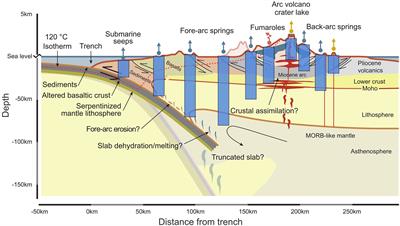EDITORIAL
Published on 14 Mar 2023
Editorial: Geomicrobes: Life in terrestrial deep subsurface, volume II
doi 10.3389/fmicb.2023.1169127
- 1,002 views
- 1 citation
2,958
Total downloads
12k
Total views and downloads
Select the journal/section where you want your idea to be submitted:
EDITORIAL
Published on 14 Mar 2023
ORIGINAL RESEARCH
Published on 02 Feb 2023

ORIGINAL RESEARCH
Published on 24 Nov 2022

PERSPECTIVE
Published on 31 Oct 2022

CORRECTION
Published on 09 Aug 2022
ORIGINAL RESEARCH
Published on 25 Apr 2022

